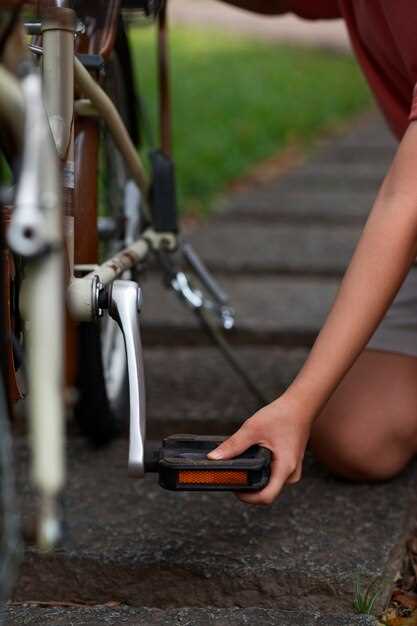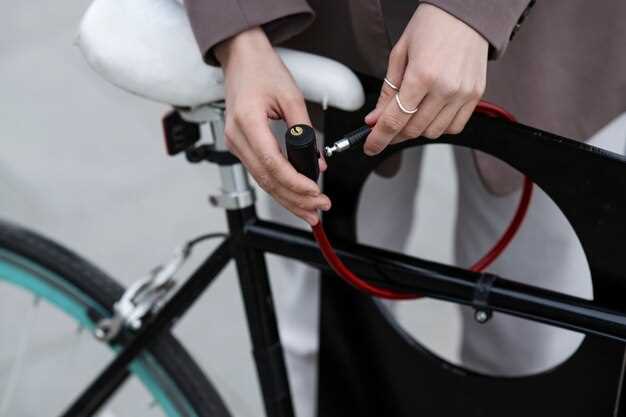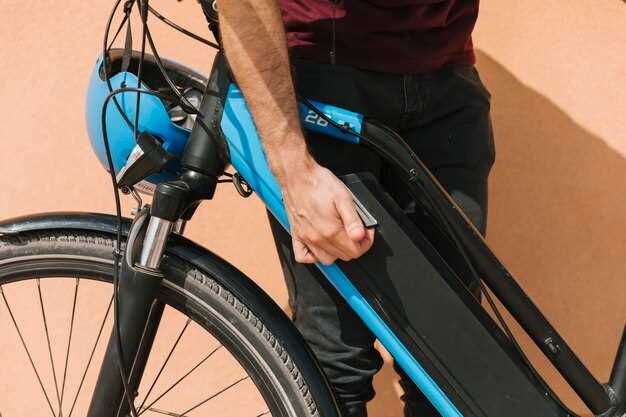
When embarking on a long-distance journey, ensuring that your bike is secure is of paramount importance. This not only protects your investment but also provides peace of mind as you travel. The act of properly tying down your bike can prevent damage that might occur during transport and avoid potential loss due to theft.
To effectively secure your bike, you must consider the various methods available. Utilizing high-quality locks to secure your bike at stops is essential, but it doesn’t stop there. Properly tying it down during transport is equally critical. Investing in sturdy straps or a specialized bike rack can make a significant difference in keeping your bike safe and stable throughout your travels.
Moreover, securing your bike is not just about physical locks or straps; it also involves planning and awareness of your surroundings. By choosing safe locations for overnight stops and being mindful of where you park, you can further minimize risks. Overall, taking the time to properly secure and tie down your bike will enhance your travel experience and ensure that you enjoy every moment of the journey.
Choosing the Right Bike Tie Down Techniques for Transport

Ensuring that your bike is safely secured during transport is crucial for preventing damage and ensuring a smooth journey. The right tie down techniques can make all the difference. Start by selecting high-quality tie-down straps designed for securing bikes. Look for those with adjustable lengths and sturdy buckles to ensure a snug fit.
One effective method is to use a combination of wheel and frame tie-downs. Begin by securing the front wheel with a strap that encircles both the wheel and the bike frame. This technique helps to stabilize the bike and prevents it from shifting during transport. Then, use a separate strap to secure the rear wheel, ensuring that the bike remains upright and minimizes movement.
Another option is to utilize a bike-specific carrier or rack. Many of these systems come with built-in tie-down points that allow for a more tailored fit. When using such a system, make sure to securely attach each point to prevent any lateral movement. Always double-check that the bike is tightly held in position before hitting the road.
For added security, consider using additional tie downs at the handlebars and the seat post. This can help to prevent any rotational movement and ensure that the bike remains stable. When properly executed, these techniques will ensure that your bike is secure and ready for long-distance travel.
Best Practices for Locking Your Bike During Stops

When traveling long distances, securing your bike is crucial to prevent theft. Start by choosing a location that is well-lit and heavily trafficked. This makes it less likely for someone to attempt to steal your bike in plain sight.
Use high-quality locks made of hardened steel. A U-lock paired with a chain lock provides a double layer of security. When locking your bike, always secure both the frame and the wheels. If possible, tie down any removable components, such as your seat or accessories, to deter thieves.
For added security, consider locking your bike to an immovable object, such as a bike rack or a sturdy pole. Ensure that the lock goes through the frame and at least one wheel, making it difficult to transport the bike without cutting the lock.
Be mindful of locks with exposed cables or weak mechanisms. Invest in locks that withstand various tools and cutting devices. Always check that your bike is firmly tied down and not easily movable; this can deter opportunistic thieves.
Lastly, keep an eye on your bike while stopping. If you have a buddy system, take turns watching your bikes during breaks. This extra vigilance can significantly reduce the risk of bike theft during long-distance travels.
Preparing Your Bike for Safe Transport in Different Environments
When planning a long-distance journey, securing your bike for transport is essential to prevent damage and ensure safety. Depending on the environment–be it a vehicle, a train, or even an airplane–there are specific steps to follow.
Firstly, tie down your bike properly. Use high-quality straps or tie-downs to secure the frame and wheels. This is particularly important in environments like trucks or trailers where the bike may experience jostling during transit. Ensure the straps are tightly fastened but not so tight that they damage the bike’s components.
For transport in a car, consider removing the front wheel and placing it alongside the bike. This not only saves space but also minimizes the risk of the parts moving and causing scratches. Use additional padding, like towels or foam, to protect the bike during transit in confined spaces.
If you are traveling by train or airplane, avoid transporting your bike unprotected. Invest in a protective case or bag designed for transport. These cases help to secure delicate parts and prevent any exterior damage that could occur during handling.
In various transport scenarios, ensure your bike is clean and free of mud or debris, which can cause scratching. Additionally, check local regulations regarding bike transport, as some might require specific methods for securing your item.
Ultimately, preparing your bike for different environments is about planning and using the right tools to secure it adequately. Taking these precautions will help ensure your bike arrives safely at your destination, ready for your adventures.





